How do LCDs, OLEDs, quantum dots, and cathode ray tubes display images?

There are various types of displays used in smartphones and televisions, such as 'liquid crystal displays,' 'organic light-emitting diode (OLED) displays,' and 'quantum dot (QLED) displays.' Design engineer
How does a screen work? | MAKING SOFTWARE
https://www.makingsoftware.com/chapters/how-a-screen-works
◆ CRT
Before the advent of flat-panel displays, cathode ray tubes were the mainstream. CRTs consist of a giant vacuum tube with an electron gun inside, which projects electron beams onto a phosphor screen to create images on the screen.
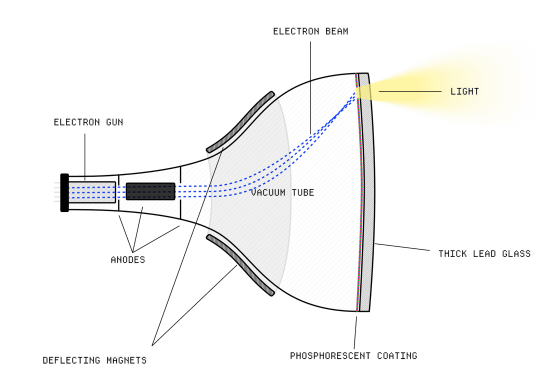
The fluorescent screen is coated with red, green, and blue phosphors, each of which emits light when struck by an electron beam. Red, green, and blue are the three primary colors of light, and a combination of these three colors can produce a variety of colors.
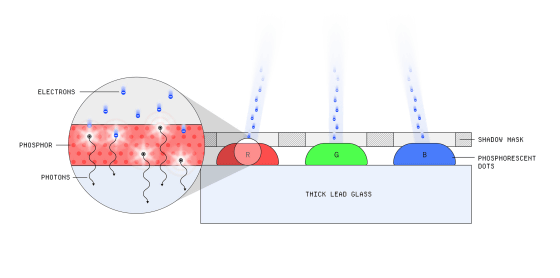
By the way, modern displays divide the screen into a fine grid and determine the drawing color for each pixel, but processing a large number of pixels requires advanced calculations. For this reason, in the days when the computing performance of semiconductors was low, a vector-based drawing method was sometimes used in which characters and other images were drawn by specifying the start and end points of a line and combining lines.
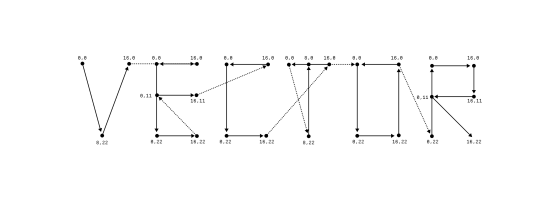
Vector drawing methods were mainly used for aircraft monitors and arcade games. Holick cites the Atari shooter 'Asteroids' as an example of an arcade game that used vector format.
◆ Liquid crystal
LCD displays use a backlight to illuminate a colour filter made up of red, green and blue pixels to create the images on the screen.
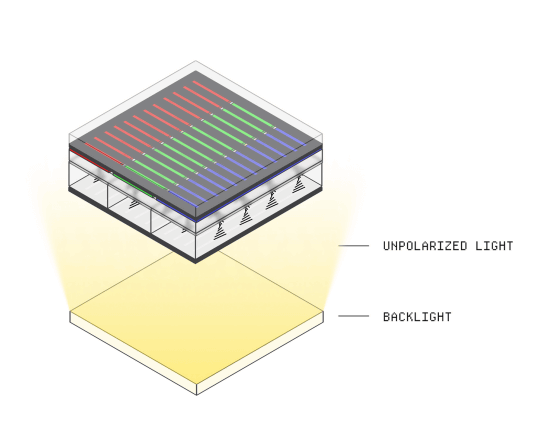
The image below shows a close-up of an LCD screen taken with the microscope mode camera ' WG-8 .' You can see that it is packed with red, green, and blue pixels.
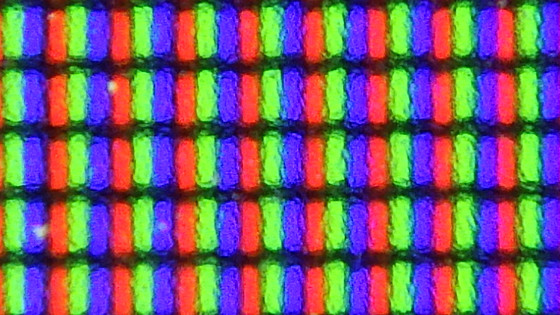
The light from the backlight is adjusted by a polarizing plate to travel in a straight line, and the liquid crystal determines whether or not the light should pass through. The light that does pass through passes through a color filter and reaches the human eye.
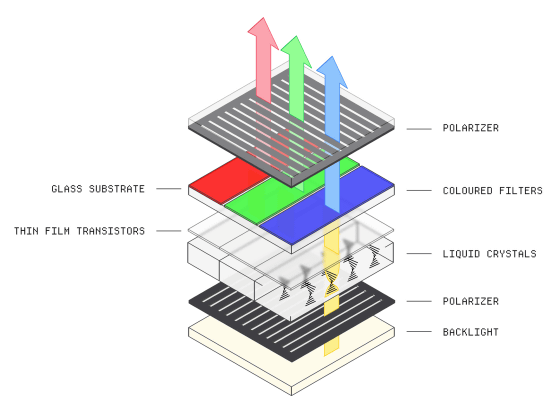
Liquid crystal molecules have the property of changing shape in response to an electric field, which allows the application of a voltage to determine whether or not light can pass through.
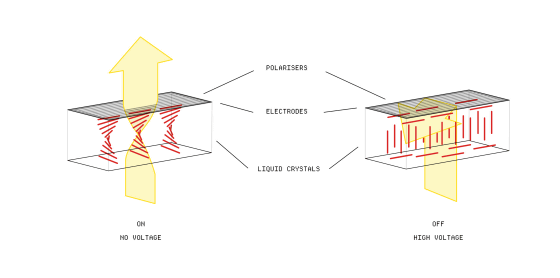
Liquid crystals are divided into three types, TN liquid crystals, IPS liquid crystals, and VA liquid crystals, depending on the difference in their crystal structure. Each type of liquid crystal has its own strengths, such as TN liquid crystals, which are inexpensive and have a fast response but a narrow viewing angle, and IPS liquid crystals, which have a wide viewing angle but are expensive, so the type of liquid crystal that best suits the product's application is selected.
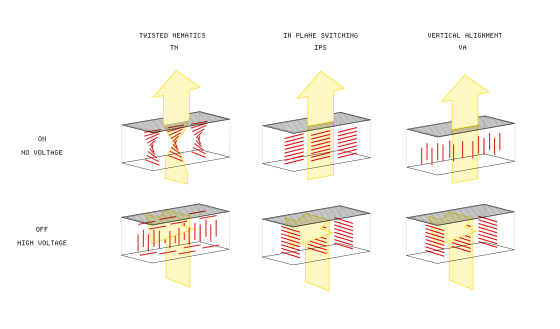
LCD displays have a problem with the blurred boundaries between dark and light areas due to the structure of the display being 'illuminated by a large backlight'. Some expensive TVs and PC monitors have improved this problem by using a large number of small backlights (Mini LEDs) instead of a large backlight.
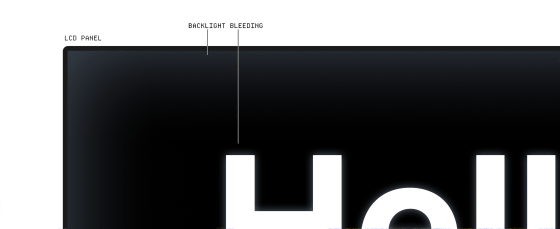
◆Quantum dots
Quantum dot displays are similar to liquid crystal displays, but the color filters are replaced with a layer of quantum dots that absorb light and re-emit it as red, green, or blue.
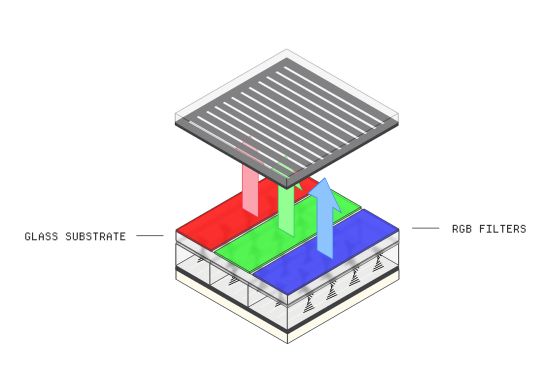
LCD displays have the problem that the amount of light is reduced when the backlight passes through the color filter, but quantum dot displays can achieve high brightness while reducing power consumption because the quantum dot layer itself emits light. In addition, it solves the problem of LCD displays where the backlight leaks into areas where black is desired, making the area appear bright, allowing for sharp black colors to be displayed.
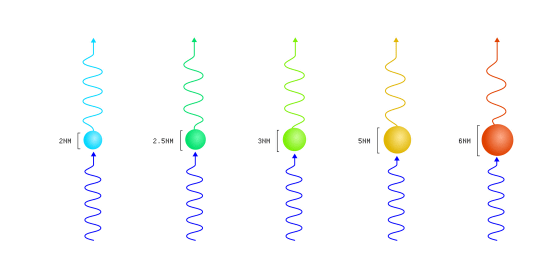
◆Organic EL
OLED displays do not require a backlight, and each pixel emits light by itself. When drawing black, the pixels are turned off, allowing for a much darker black than LCD displays.
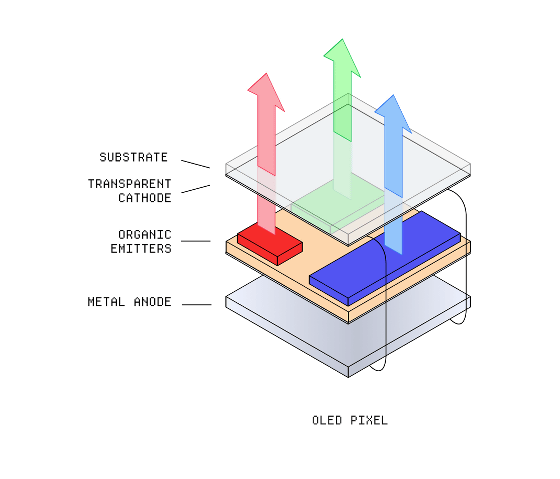
In the case of LCD displays, it is possible to display very bright images by increasing the brightness of the backlight, but in the case of OLED displays, it is difficult to increase the brightness due to the chemical constraints of OLED. For this reason, TV sales floors sometimes recommend LCD TVs if you want to watch bright images. OLED panel manufacturers are working to solve this problem, and recently technologies have emerged that use tiny lenses to concentrate light and increase brightness.
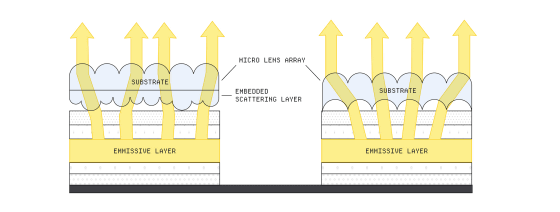
◆ Tandem OLED
One method to solve the brightness problem of OLED displays is to stack two light-emitting layers.
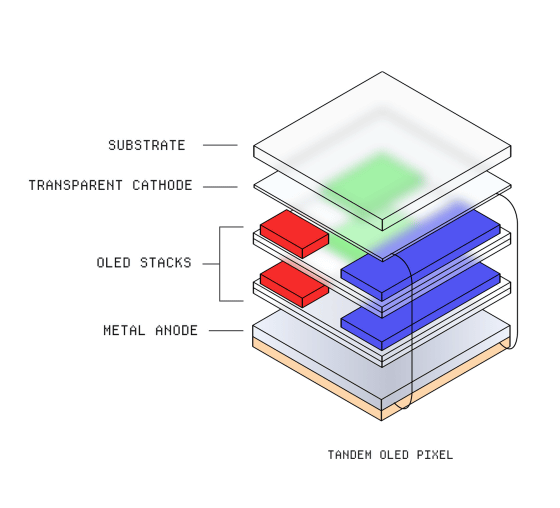
This technique is called 'tandem OLED technology' and will be featured in
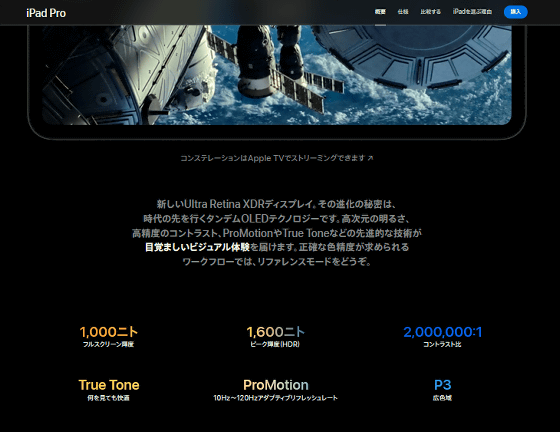
◆Micro LED
OLED displays use organic materials, which have problems such as a relatively short lifespan and burn-in if the same color is displayed for a long period of time. MicroLED is a technology that uses tiny inorganic LEDs, and is expected to be put to practical use as a technology that can display high-contrast images while solving the problems of OLED.
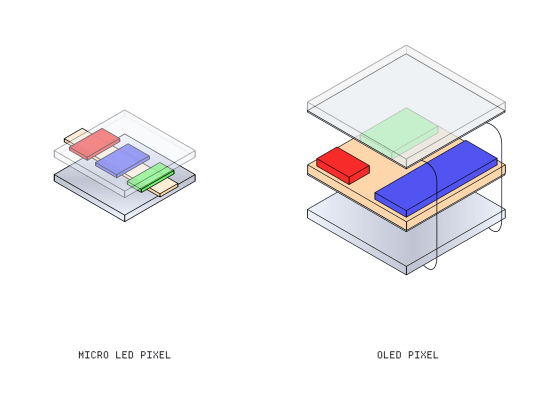
In addition, Holick has published the above commentary as the first in a series explaining software design, and has announced that he will continue to post explanatory articles on various fields such as 'fonts,' 'AI,' and 'compression technology.'

in Web Service, Posted by log1o_hf